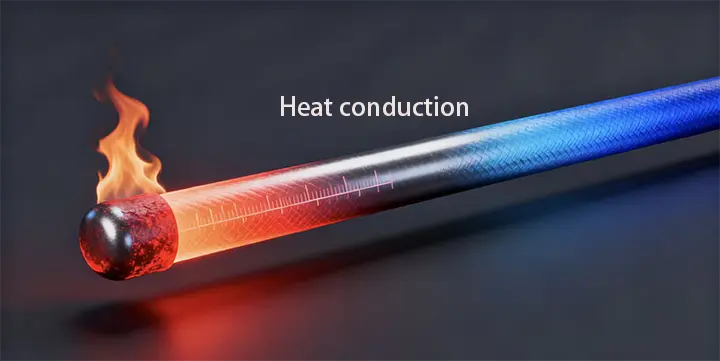
Both materials are porous with excellent thermal insulation, but differ as below:
1. Manufacturing process: Aerogel is synthesized by sol-gel method but Y-Warm through polymerization.
2. Pore structure: Aerogel features a three-dimensional open-cell structure, whereas Y-Warm possesses a closed-cell structure.
3. Pore size: Aerogel features nanoscale walls and pores, whereas Y-Warm exhibit nanoscale walls and micrometer-scale pores.
4. Material composition: A major kinds of Aerogel are made from inorganic silica; Y-Warm is an organic polymeric material.
5. Physical property: Aerogel is rigid and brittle, whereas Y-Warm is flexible and resilient.
6. Application environment: Aerogels can be applied from extremely low to high temperature; Y-warm can be applied to -50 oC to 120 oC.
7. Application field: Aerogel is primarily served in aerospace applications or been ground into powders for composite materials in niche industries like oil pipelines and power batteries; Y-Warm with its softness, moisture permeability, and quick-drying properties, can be applied across over 20 industries including apparel, tents, footwear, bedding, automotive, and construction for thermal insulation and heat retention in low-to-medium temperature ranges.
8. Environmental friendly: The production of Aerogel generates solvent volatiles, whereas the production of Y-Warm is a water-based system.
9. Cost: The raw material of Aerogel and the manufacturing costs are high, whereas Y-Warm can be produced at rather low cost but high performance.
10. Thermal Insulation Performance: According to the insulation principles of porous materials, closed-cell structures outperform open-cell structures and tiny pores outperform big pores. Overall, both materials exhibit extremely low thermal conductivity.
Third-Party Verification Report:

